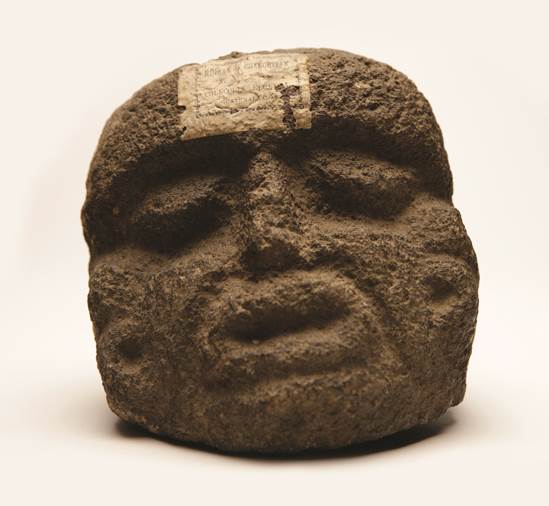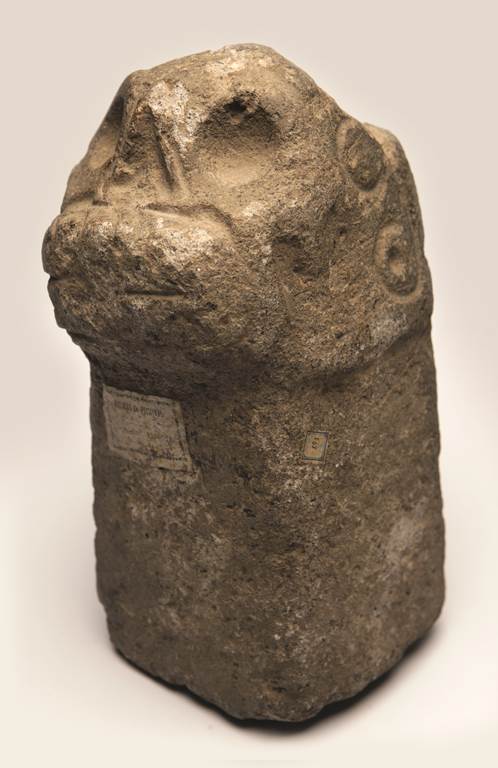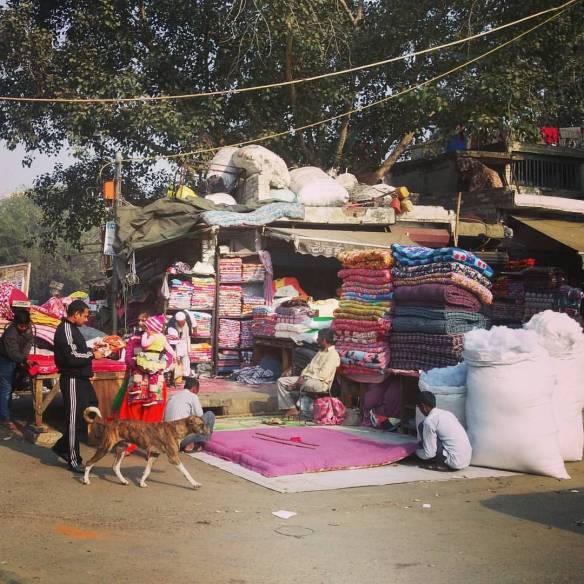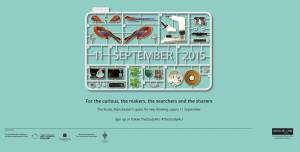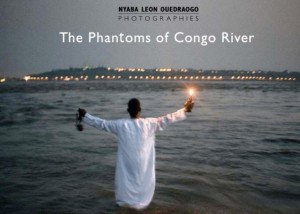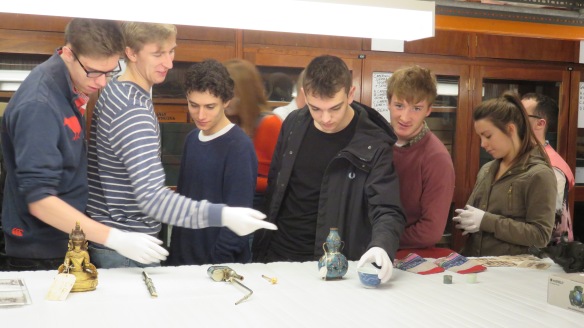
Students from the East Asian Studies programme explore highlight objects from the Museum’s Chinese collections led by Stephen Welsh, Curator of Living Cultures and Dr Pierre Fuller, Lecturer in East Asian History
Students are introduced to the Museum’s collections as part of formal teaching programmes in several different departments across the university. Our curators and conservators deliver teaching on many courses, both in the classroom and in the museum itself. In recent visits to the Living Cultures stores from students on the Archaeology, Social Anthropology and East Asian Studies courses, we have aimed to inspire students to carry out research using the collections. There are many objects in the collections which would make fascinating topics for original research, as we only know a very small amount about their histories.
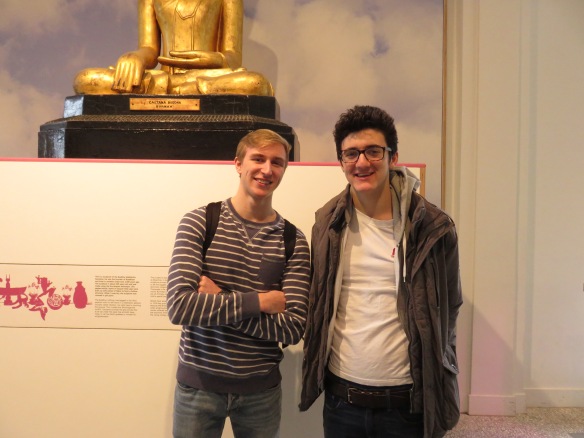
Christian Pollard, (pictured, left), visited the Anthropology Collection stores as part of a seminar for the East Asian Studies programme in December 2014:
“We got to see some really interesting artefacts enhanced by having the curator there to guide us through the objects. It was certainly a worthwhile trip for anyone who is simply interested in finding out more about history or for someone thinking about a dissertation topic in need of an interesting, and maybe even unstudied, artefact.
Thank you very much for having us, I really enjoyed being able to get a look at something physical as opposed to documents.”
Students also engage with the museum collections through work placements, volunteering or as part of extra-curricular societies. Recently, I was asked to run a workshop for ArchSoc, the University of Manchester’s Archaeology Society, to introduce cataloguing and collections management to a small group of undergraduate students from across three year groups. As well as showing the group a small section of our stores ‘behind the scenes’, I also gave them the chance to have a go at writing a simple catalogue record for an object. This allowed us to discuss the importance of recording context and provenance, and of effective collections management in the museum setting.
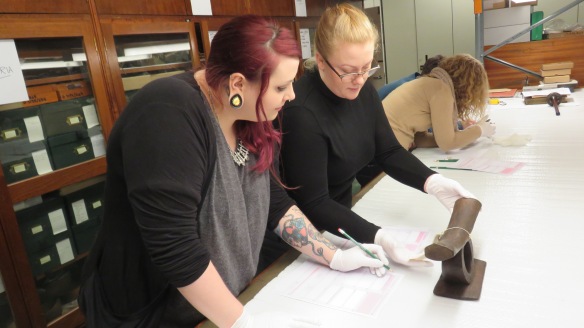
Students from the University of Mancheser’s Archaeology Society have a go at cataloguing using objects in the collection
There are many ways in which the work of the Museum overlaps and collaborates with its academic colleagues in other departments in the University; from showcasing research through the temporary exhibition programme, to hosting talks, conferences and events. Our collections include field collections from Manchester’s academics and students, and are informed by their research. We aim to engage and inspire students wherever possible, showing that there are many different ways to use the collections, and many relevant contemporary conversations to be had around our historic objects.

